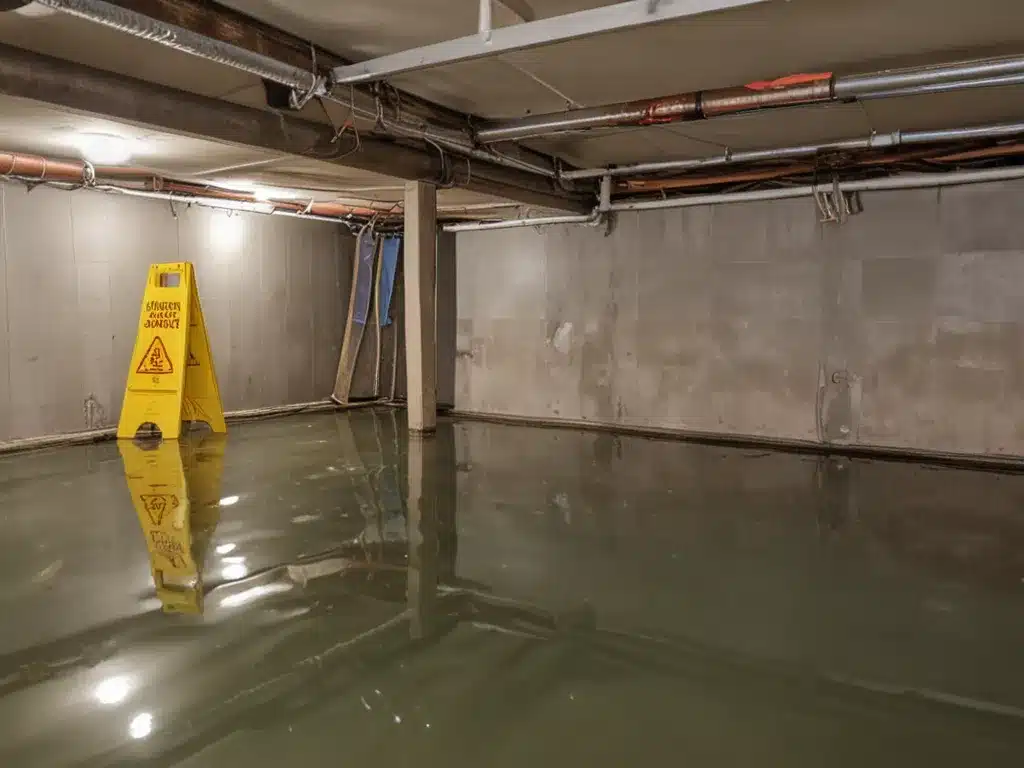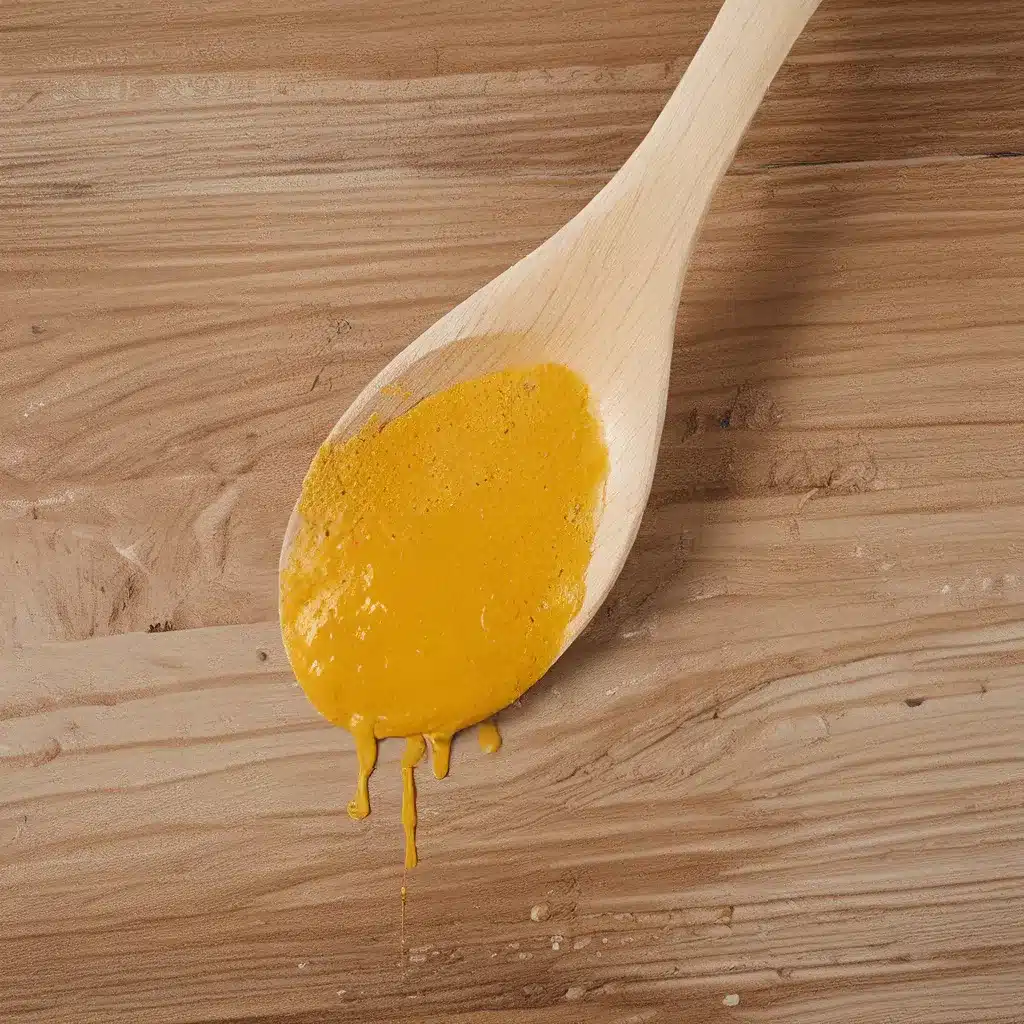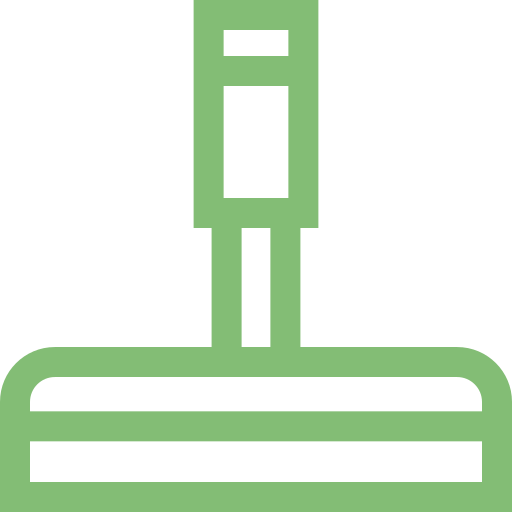Flooding can cause extensive damage to basements, leaving behind water, mud, and mold. While it may be tempting to jump in and start cleaning right away, safety should be your top priority when dealing with a flooded basement. Here is a comprehensive guide to cleaning your basement safely after a flood.
Assess the Situation
Before doing anything, take stock of the extent of the flooding and damage. Here are some key things to look out for:
-
Depth of the water – Make note of the high water mark on the walls. Flooding over 1 foot deep often requires professional cleanup.
-
Standing water – Use a pump or wet/dry vacuum to remove any standing water. Don’t drain water outside if it’s contaminated with sewage.
-
Sewage contamination – If you suspect sewage contamination, wear protective equipment before entering and consider hiring professionals.
-
Structural damage – Look for buckling walls, shifting floors, cracks, or electrical damage. Professionals should check for structural risks.
-
Mold growth – Inspect all surfaces for mold growth, which can happen in as little as 48 hours after flooding.
Safety Precautions
Take the following safety precautions before cleaning your flooded basement:
-
Turn off electricity at the breaker – even if the power is out, it can turn back on unexpectedly.
-
Wear protective gear like rubber gloves, boots, eye protection, and an N95 respirator mask.
-
Open windows and doors to ventilate the area during cleaning.
-
Look out for insects and wildlife that may have entered with the floodwaters.
-
Be aware of sharp debris or unstable structures that could cause injury.
-
Have a charged phone and emergency numbers on hand. Don’t enter the area alone.
Cleaning Steps
With safety gear on, pump out standing water, and follow these steps:
1. Remove Larger Debris
Pick up and dispose of large items like furniture, drywall, and insulation. Shovel out mud and silt, double bagging it before disposal.
2. Scrub Surfaces
Use a stiff brush and disinfectant cleaner to scrub all hard surfaces. This removes mud and contaminants. Rinse thoroughly afterward.
3. Disinfect
Apply a disinfectant like bleach solution or vinegar to all surfaces and let sit before rinsing. This kills bacteria and mold.
4. Remove Flooring
Carpets, pads, and warped flooring should be removed and discarded to prevent mold growth underneath. Cut 1 foot above the high water line.
5. Dry Out the Area
Use dehumidifiers, fans, and open windows to dry out the basement.Aim for under 50% humidity.
6. Start Repairs
Once dry, it’s safe to start repairs and replacing items. Fix structural issues first.
7. Clean HVAC System
Clean or replace ductwork, vents, and filters. Mud and mold can infest the HVAC system and spread throughout the home.
Preventing Future Flooding
To help prevent flooding in the future:
-
Install a sump pump and backup generator.
-
Waterproof walls and floors with sealants.
-
Elevate valuables and utilities above floor level.
-
Regularly clean drains and gutters.
-
Keep sandbags, plastic sheeting, and other flood response supplies handy.
Cleaning a flooded basement is a big job. By putting safety first and following these guidelines, you can get your basement cleaned out, dried up, and restored after a flood. If damage is extensive, do not hesitate to call in professional flood restoration services.







